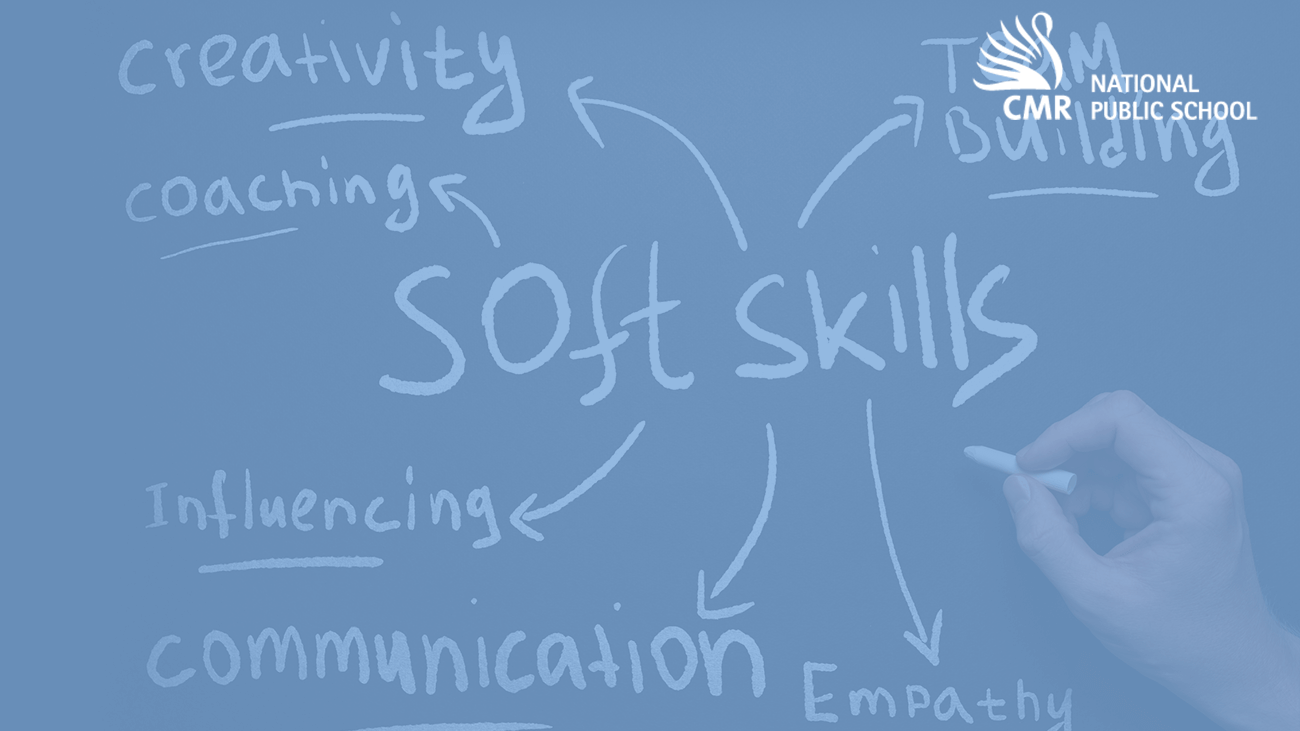Visit to ISRO
I have been waiting for this day since NAC’s results were announced. The day I would come close to my dreams. I have always been dreaming of being an astrophysicist. Naturally, astronomy and space were always my fields of interest. So, when my school announced this Olympiad, National Astronomy Challenge by Stem and Space, I jumped at the opportunity and registered for the exam. They provided extremely knowledgeable and interactive resource material to study for the exam. They also had many online sessions giving us so much insight into various astronomy topics by various field experts that increased my thirst to explore more and know more about our universe. They conducted various monthly engagement sessions for us students where they explained to us about the various constellations and how to identify them in our sky. They also taught me how to use certain software like Stellarium to observe the night sky better.
The Olympiad exam for the year 2021-2022 was conducted in January 2022. I was very excited to take up the exam because I was very well prepared for it. I waited impatiently for the results to be announced. When they finally announced my joy knew no bounds when I found I was a champion for the grade 4 category. I scored a full 60 on 60 and ranked 1 among 750+ participants nationally. All the NAC champions were promised an opportunity to visit the ISRO facility at Sriharikota and meet inspiring leaders and academicians. We were also informed that there would be a 3-day experiential astronomy camp and award felicitation where we would also be given the rare opportunity to visit the ISRO facility at Sriharikota. However, there was a small change of plans and the event location was shifted from Chennai to Thiruvananthapuram in Kerala. So the plan was to visit the Vikram Sarabhai Space Centre (VSSC), ISRO, at Thumba. I was even more excited to visit the capital city of our God’s Own Country.
The entire trip was beautifully organised by the Stem and Space team. They funded the entire trip including the flight cost for both me and my mother, they stayed at a reputed hotel and the food for all the 3 days was taken care of by them. Our travel date was set for 16th August 2022 and I just could not control my excitement within me. I am sure my teachers and my friends will vouch for the same.
I had a lovely opportunity to meet various like-minded kids from different schools across the country. Though we were meeting each other for the first time we had lots of information and knowledge to share. I instantly became friends with all of them including the teachers who accompanied the students. We were all equally happy and clearly, the air was filled with excitement. They had given us instructions to meet at the Banquet Hall of the hotel for the award ceremony by 6.30 pm. We were all dressed in formal attires and sat patiently waiting for the program to begin. The felicitation ceremony was graced by eminent scientists, space enthusiasts and global language laureates. We were honoured with the presence of Dr Rajeev, Director, Space Physics Lab, ISRO and Ms Kim Antoniou, Founder of UK’s Children Language education organization as our Chief Guests. After a very knowledgeable speech by both the guests they proceeded with the award felicitation program, and I was more than happy to receive my very first recognition in the field of astronomy. I also got to share the stage with the guests to speak and share my experience on the entire journey. This was then followed by a grand gala dinner.


The next day was the most important since it was the day we were being taken to ISRO. They arranged our transport to the facility which was not too far from our place of stay. After a tightened security screening we finally got into their campus. I was surprised to see a church-like structure there. When I enquired, I came to know that an out-of-use church, the St. Mary Magdalene church, housed the first office of the Thumba space centre where scientists including APJ Abdul Kalam worked. It has now been converted into a space museum. One of the key highlights was that this museum housed the original RH75, the very first rocket developed in India and launched from the Thumba Equatorial Rocket Launching Station (TERLS) in 1967. It was a sounding rocket with a mere height of 1.5m. Then we got to interact with a couple of senior scientists from ISRO. Mr Tarun Kumar Pant, who was involved in key PSLV projects, was kind enough to patiently answer all our questions and clarify our doubts. We also met another senior scientist, Mr S Suresh Babu, who is an atmospheric scientist, and spoke in detail about various space missions and the space junk that is formed due to various failed missions. We were also supposed to witness the launch of the sounding rocket but due to some technical issues, it was cancelled for the day. We finally bid adieu to the scientists at ISRO and headed our way to the Priyadarshini Planetarium post lunch which too gave us some mesmerising memories which will remain in my heart forever. The next day was relaxing, and we visited the Kovalam beach where the black sands captivated the sight. Finally, on day 3 evening, we returned to our respective cities loaded with more energy and enthusiasm to pursue our dreams.
This trip to ISRO will forever be etched in my heart and I would like to thank my school CMR NPS for introducing me to India’s largest Astronomy Olympiad and to all my teachers and friends who have constantly motivated me to pursue my interests in astrophysics.
Pranav Sunil,
Grade 5 A



